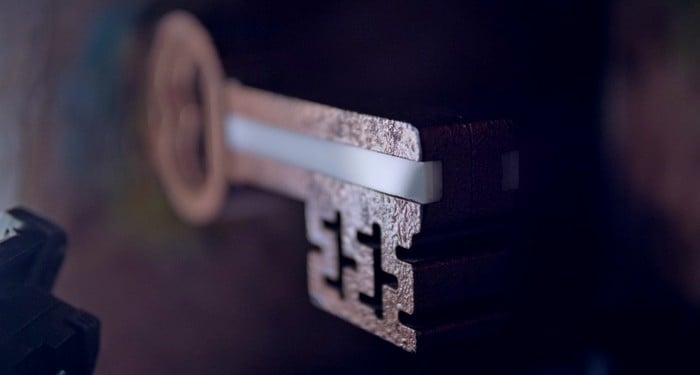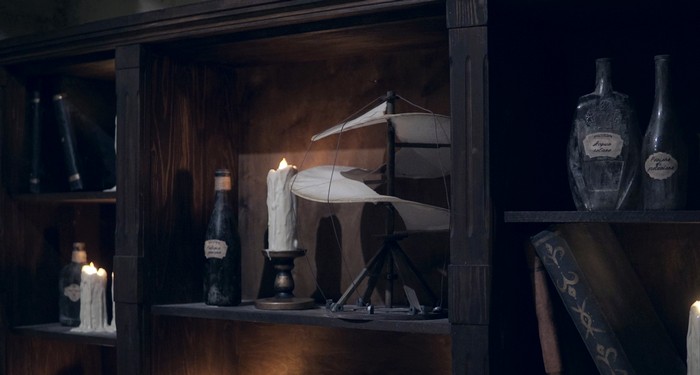What’s an Escape Room Red Herring and Why Are They Hated?
Thu, 05 Sep, 2019
The red herring has always been a prickly subject and one with no middle ground – you either love them or you hate them! The controversial feature is a particularly hot topic in the escape room industry; with players often feeling the addition can totally ruin their experience.
So, what is it about red herrings in escape rooms that people find so polarising? Let’s find out!
What is a Red Herring?
Wikipedia: Something that misleads or distracts from a relevant or important question. A red herring may be used intentionally, as in mystery fiction or as part of rhetorical strategies.

Innocent or Deliberate?
The two types of red herrings you’ll find in an escape room are the innocent decorations and the deliberate deceptions.
Red herrings in the form of Innocent decorations are pieces of décor that coincidentally resemble escape room puzzles. The décor was added purely to make the room feel more immersive and to fit in with the relevant theme, but this doesn’t stop overeager players spending a decent chunk of their hourly budget trying to find hidden meaning in what is actually just a regular chair. The nature of escape rooms means that innocent red herrings will always be there, otherwise, players will be searching for clues in an empty room!

Now, onto the deliberate deceptions… These are items that have been deliberately designed to look like puzzles and clues – intentionally forcing players to waste time on items of no value. These are understandably disliked and viewed as a lazy addition, requiring no thought from the escape room company.
Good or Bad?
A little moderation doesn’t hurt. Setting a limit of one deliberate red herring per room, or only using one in your most difficult room is absolutely fine. Nobody likes red herrings but escape rooms aren’t meant to be easy!



